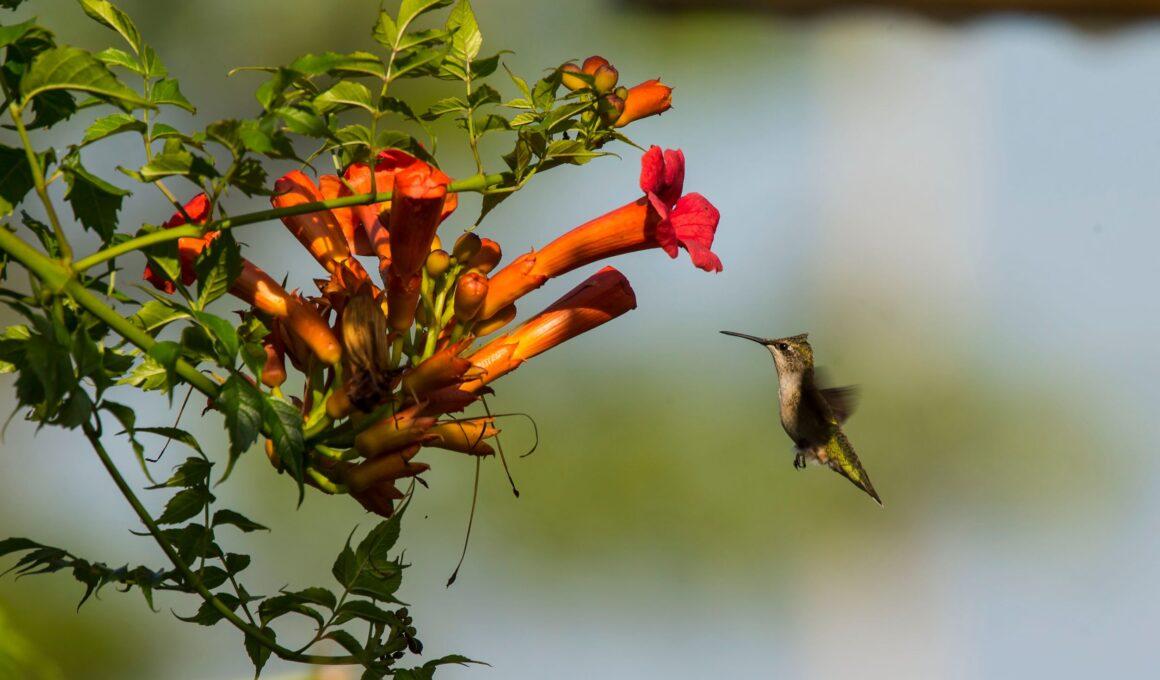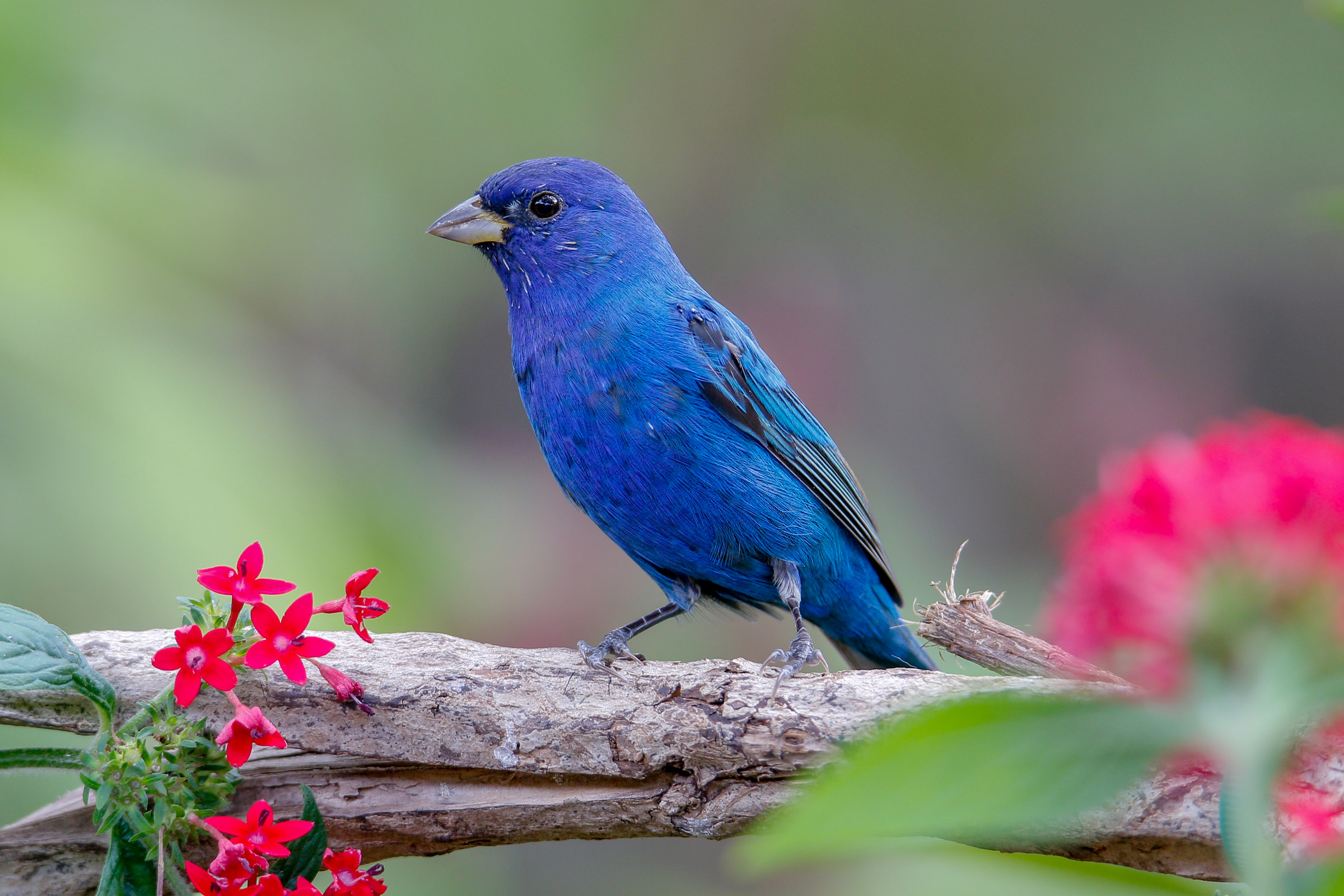
A majority of Floridians support protecting natural habitats and reforestation policies, but did you know that your own backyard can be a wildlife refuge? Imagine stepping outside and hearing the beautiful songs of an indigo bunting or watching a ruby-throated hummingbird buzz around your yard. It takes planning but with the right plants and a few tools, you can create a slice of paradise that nature calls “home” too.
Doug Tallamy, a Delaware entomologist and noted conservationist, points out that “if just half of American lawns were replaced with native plants, we’d create the equivalent of a 20-million-acre national park, nine times bigger than Yellowstone.”
And with prime planting season in Florida underway in autumn, we thought we’d review two books that focus on turning your little piece of land into your own personal wildlife sanctuary.
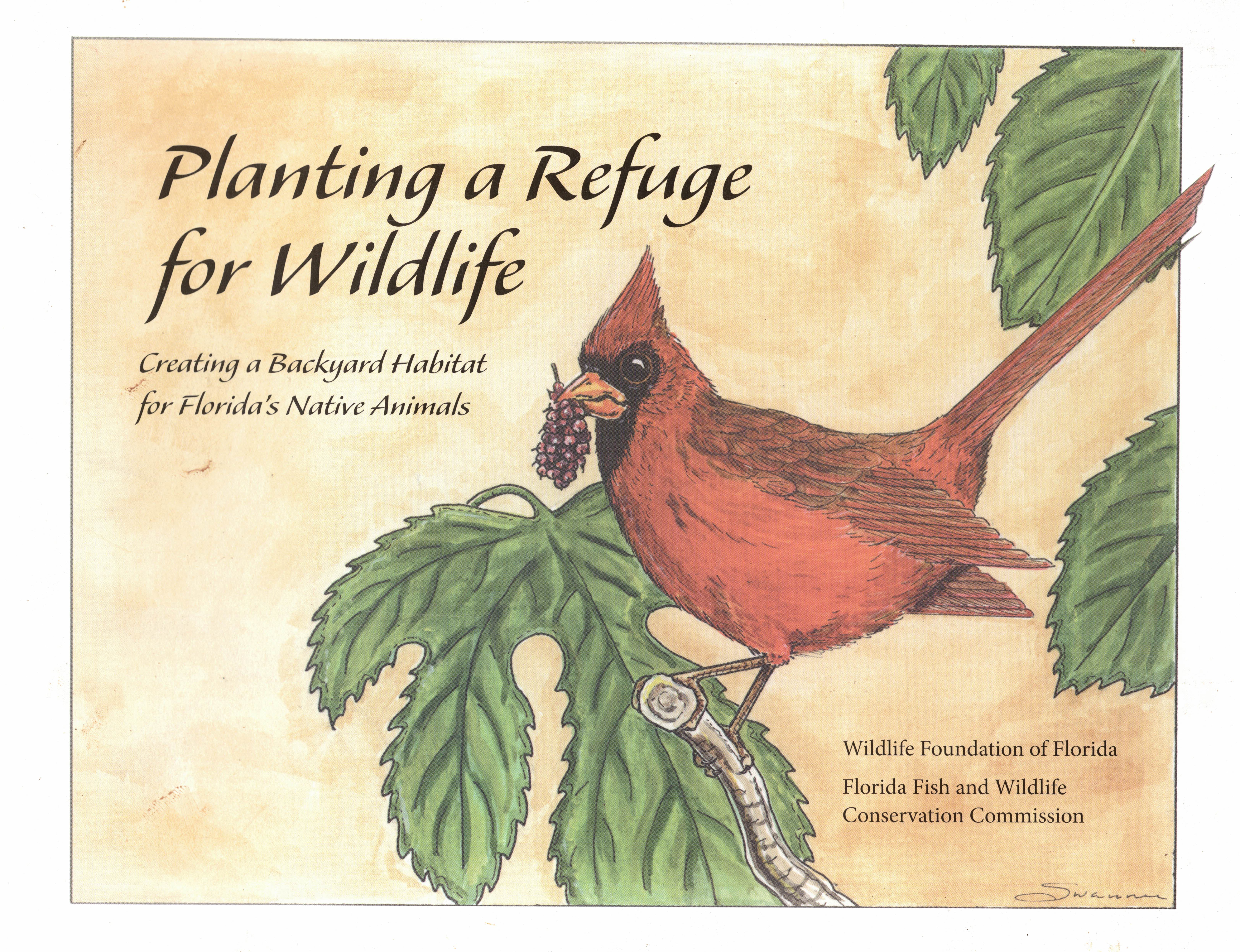 A great introductory book is Planting a Refuge for Wildlife, from the Wildlife Foundation of Florida and the Florida Fish and Wildlife Conservation Commission ($5.00 at https://myfwc.com/viewing/habitat/refuge/). The 40-page book covers multiple types of wildlife, including reptiles, birds, bees and butterflies.
A great introductory book is Planting a Refuge for Wildlife, from the Wildlife Foundation of Florida and the Florida Fish and Wildlife Conservation Commission ($5.00 at https://myfwc.com/viewing/habitat/refuge/). The 40-page book covers multiple types of wildlife, including reptiles, birds, bees and butterflies.
The bird section goes far beyond most native plant handbooks, with a spreadsheet on various birds that covers their preferred natural food and nesting sites, whether they’ll use feeders or nest boxes and a section on special management and landscape preferences.
For instance, the northern cardinal that is found in most bird-friendly landscapes eats mostly grass seeds, some insects and more than 100 kinds of fruit. Their nests are in thickets and vines, usually about eight to 10 feet from the ground, not in high trees. They won’t use nest boxes, but they are favorites at bird feeders stocked with sunflower seeds.
Screech owls, on the other hand, won’t use feeders but will use nest boxes and water features such as bird baths and ponds.
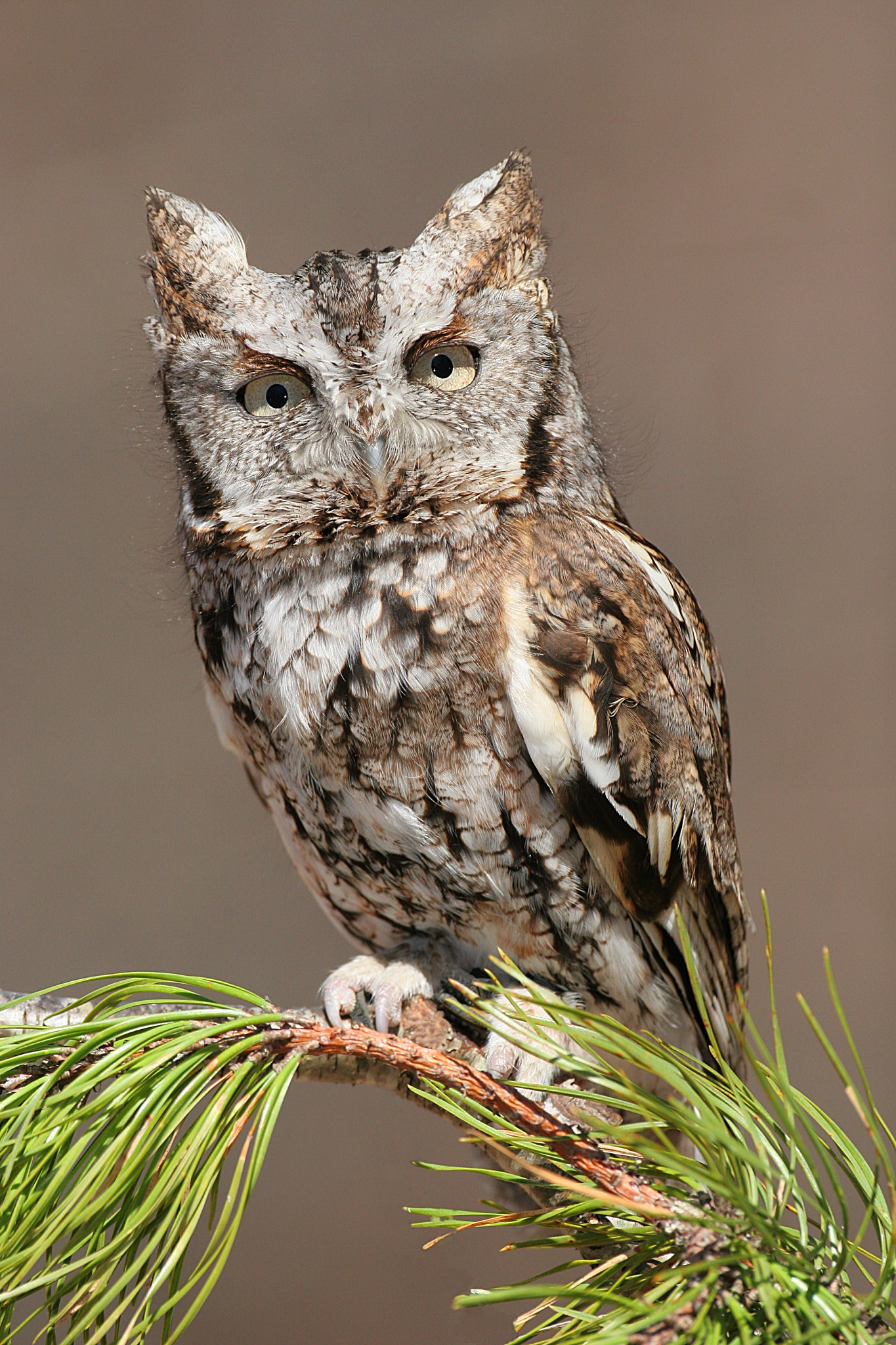
Another section covers nest boxes for 20 birds that nest in Florida including very specific directions on the size of the nest for birds. Screech owls, for example, prefer a 24-inch-deep box, with a three-by-four-inch hole, mounted 10 to 30 feet above the ground with an interior ladder and pine wood shavings.
The section on native plants also includes a detailed spreadsheet on trees and shrubs, with USDA planting zones as well as their value for wildlife. The red maple, for instance, has winged seeds that are eaten in the early spring, and its foliage is a favorite of inchworms, as well as other butterfly and moth larvae. (Worms and larvae eat leaves, but many species of birds, including tufted titmice, woodpeckers and Carolina wren, eat insects, particularly when they are nesting.)
 Craig Huegel’s Native Plant Landscaping for Florida Wildlife, (University Press of Florida, 2010, 285 pages) features comprehensive descriptions of native plants, particularly trees and shrubs, including information on what kinds of wildlife you can expect to attract with each planting. He reports on well-known plants such as oaks, elderberry and firebush but also looks at the benefits of lesser-known species like the sparkleberry.
Craig Huegel’s Native Plant Landscaping for Florida Wildlife, (University Press of Florida, 2010, 285 pages) features comprehensive descriptions of native plants, particularly trees and shrubs, including information on what kinds of wildlife you can expect to attract with each planting. He reports on well-known plants such as oaks, elderberry and firebush but also looks at the benefits of lesser-known species like the sparkleberry.
“Its slender twisting trunk and branches give it form and texture as does its rust-colored, peeling bark,” he writes about sparkleberry. “In spring, the trees are covered in fragrant, bell-shaped blooms that attract a wide variety of butterflies, bees and other pollinators. By fall, the ¼-inch black fruits are ripe and the leaves have turned red. Although the fruits are a bit bland and not especially good for human consumption, they are readily eaten by wildlife. A fully mature sparkleberry provides nesting cover for songbirds.”
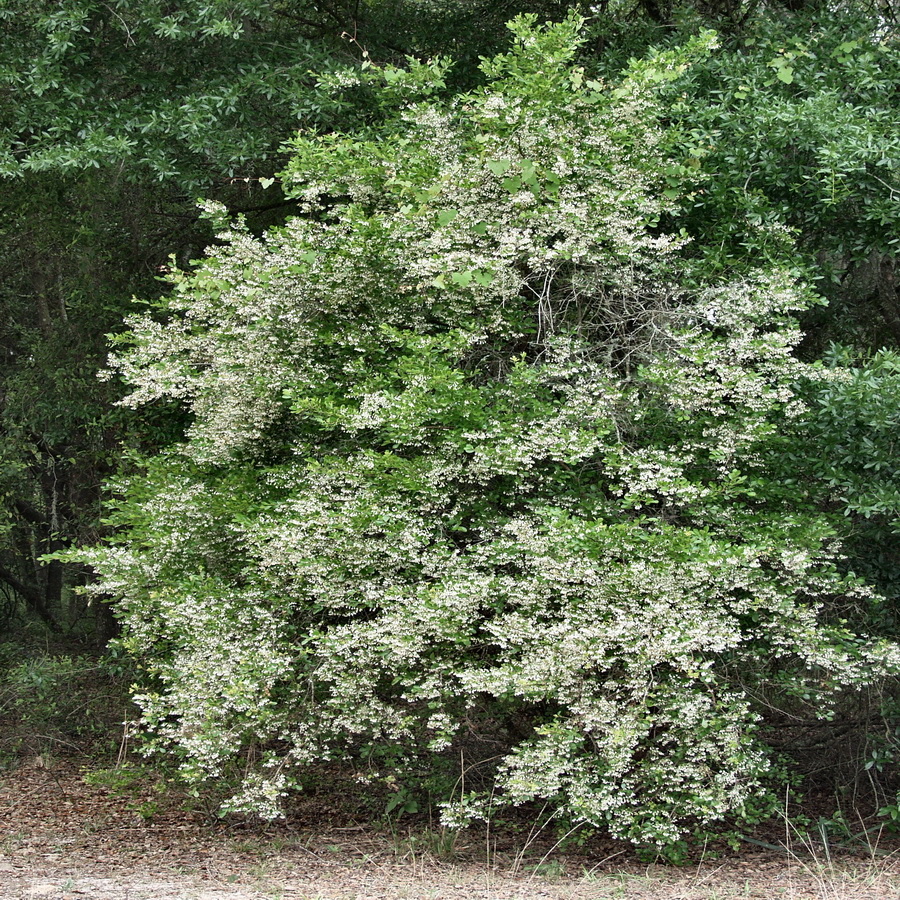
In-depth descriptions of the multiple species of oak trees allow readers to select the plant most appropriate for their landscapes, including dwarf species of an oak that only grows to three feet but serves as a source of acorns and an excellent ground cover for wildlife.
The section on native palm trees – which typically have clusters of small white flowers that attract pollinators followed by fruit that feeds birds or larger mammals – also focuses on which plants are most appropriate in different landscapes. Florida’s state tree, the sabal palm, is one of the best palms for wildlife because its dense crown provides ideal nesting cover, and its fragrant white flowers turn into numerous fruits that are widely used by songbirds and other wildlife. On the other hand, the Florida royal palm is widely used in landscapes but is much less attractive to wildlife.
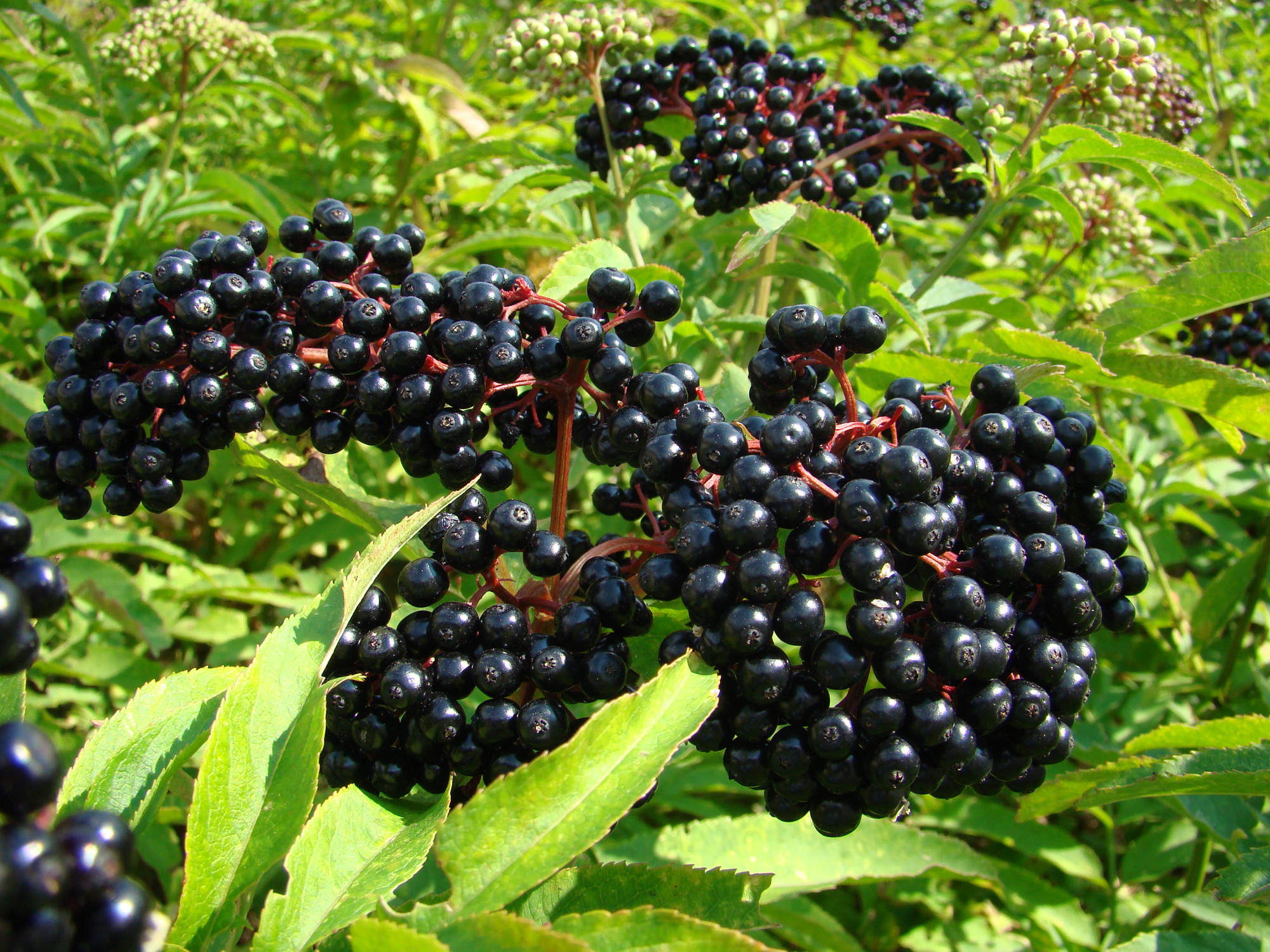
His descriptions also include downsides on some of the native plants, particularly if they’re planted in a standard suburban yard. Elderberry, for example, is a common shrub or small tree that tolerates nearly every growing condition with flowers and fruit that attract pollinators and then birds. The flipside to that easy growth is that their root suckers can form thickets if left alone, creating a problem in a small yard.
No single book covers everything you need to know about transforming your yard into a refuge for wildlife. Along with these two books, you’ll also want to read Ginny Stibolt’s Step-by-Step to a Native Landscape to plan your landscape before you start buying plants and digging holes.
To see native plants growing, the Pinellas UF/IFAS Extension in Largo has a section of native plants (actually installed by Huegel many years ago), and Vista Gardens in Carrollwood has an extensive wildflower garden surrounding their highly productive community vegetable gardens.
Local native plant societies also are outstanding resources for anyone planting a native landscape:
Pinellas: www.pinellas.fnpschapters.org
Hillsborough: www.suncoast.fnpschapters.org
Manatee: www.serenoa.fnpschapters.org
Pasco: www.naturecoast.fnpschapters.org
Visiting nurseries that specialize in native plants is another good place to start:
Pinellas, Wilcox Nursery, www.wilcoxnursery.com, which also offers design and installation services.
Manatee: Sweet Bay Nursery, www.sweetbaynursery.com, one of the oldest and largest native nurseries in the state.
Hillsborough: Little Red Wagon Native Nursery, www.littleredwagonnativenursery.com, the first native nursery to open in Tampa.
Springer Environmental, a long-time native plant service, recently opened a demonstration garden and retail center in Plant City.
Some online resources include:
www.plantrealflorida.org, the website of the Florida Association of Native Nurseries, which includes information on where to buy native plants locally.
www.floridawildflowers.com, the website of the Florida Wildflowers Growers Cooperative, with growing requirements for many native wildflowers and links to purchase seeds.
https://gardeningsolutions.ifas.ufl.edu/plants/ornamentals/native-plants.html, the University of Florida’s site on native plants with separate links to many of the state’s most popular plants.
https://www.facebook.com/Sustainable-Gardening-for-Florida-116356781286, Stibolt’s Facebook page,
